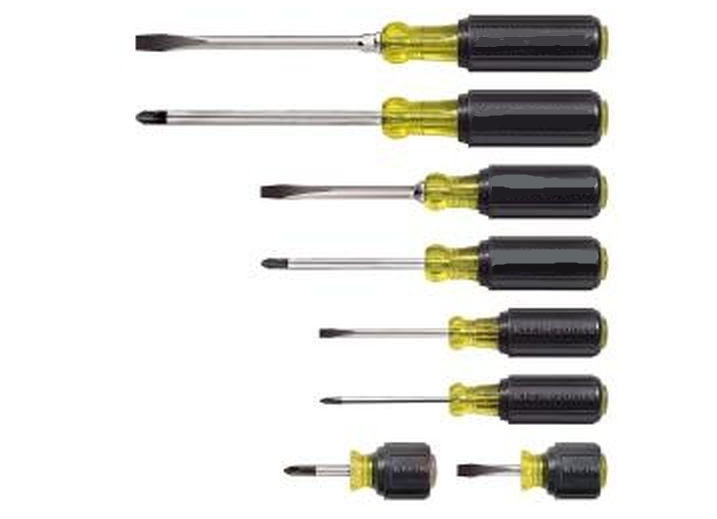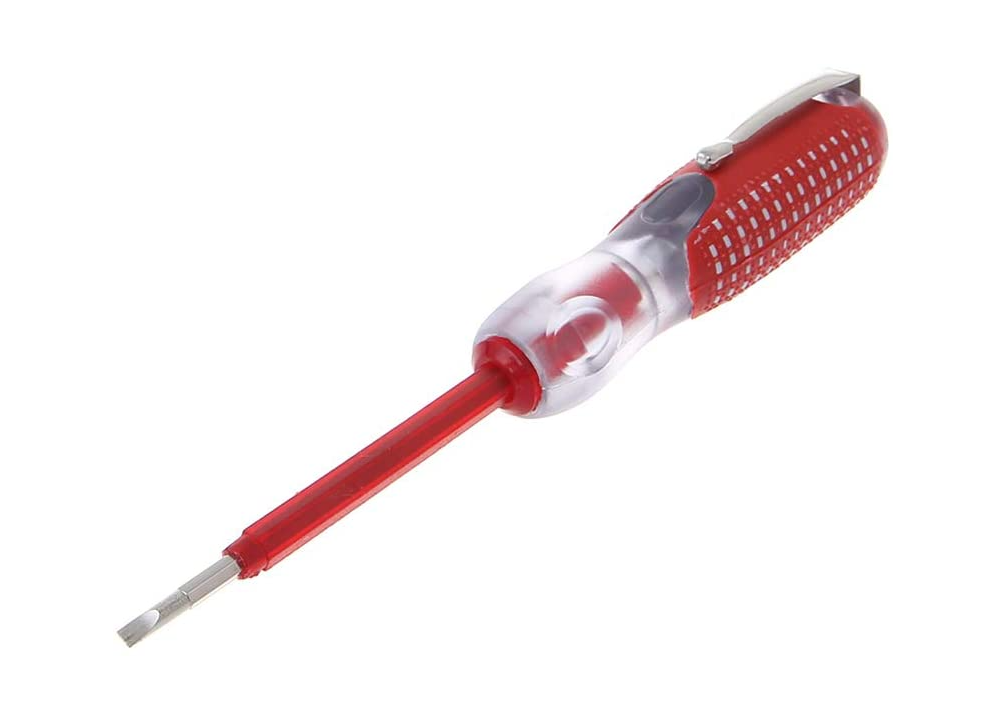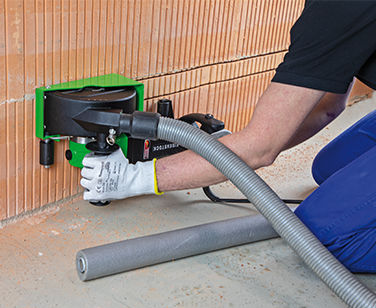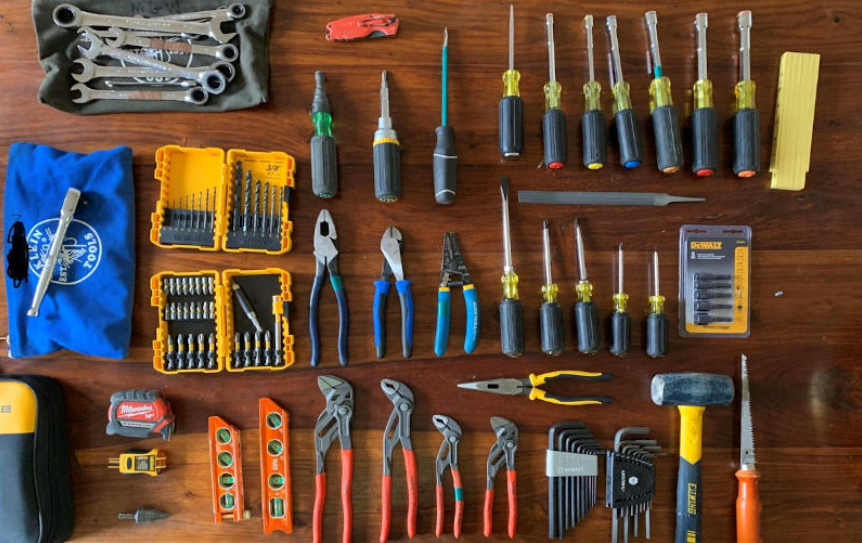No skilled master can do without special equipment. An electrician is a professional who is involved in troubleshooting electrical networks, appliances and also performs installation work. To do the job properly, you need the necessary tools for an electrician.
This article covers a variety of electrical wiring tools for professionals and beginners alike. Recommendations will also be given on its use by novice electricians. Now let’s take a look at the list of tools that an electrician has for the repair and maintenance of electrical equipment.
Dielectric Gloves
Rubber insulating gloves must be worn when working on live circuits. Inspect them for punctures, cuts, and tears before use.
You can buy it in stores that specialize in electrical goods and electrical equipment. It is necessary to check the quality of the material for thickness and strength. The easiest way to check is to fill the glove with air and hold it with your hands. Air leakage from a filled glove is not allowed.
Screwdrivers of different shapes and sizes

The most commonly used tools are different types of screwdrivers. They are needed for tightening the contact terminals, tightening screws and bolts, as well as for dismantling old equipment. It is best to buy long insulated screwdrivers with flat and crosshead, two or three different sizes (depending on the nature of the work to be done).
It will also not be superfluous to purchase a universal set with different attachments. However, it is mainly needed for specific work and will be practically useless for novice electricians.
Screwdriver – first aid
For many works, it is much more convenient to use an irreplaceable tool – a screwdriver. In addition to its main purpose, it will help to make holes in the walls of the shielding or junction boxes. If the price of such a tool turns out to be too high, then it is quite possible to replace it with a cordless screwdriver. The photo of the set is shown below.
It is recommended to purchase a complete set with all the necessary attachments because during electrical work it is often difficult to get to the right places.
Pliers or pliers
Another fairly important hand tool for electricians is the pliers (or pliers). They can be used to tighten small nuts and cut wires. Pliers must have strong insulated handles. No nicks or tears are allowed.
In addition to pliers, specific tools are often needed, such as round nose pliers or platypus. Both tools are shown in the following photos.
Using side cutters
To cut the wires evenly, side cutters (or wire cutters) are used. Due to the special shape of the sharpening of the cutting part, they provide a cut without compressing the ends of the wire. Experienced electricians often come around with wire cutters and do not use pliers at all. The photo below shows side knives – a tool used for electrical installation and in the repair of household appliances.x
Tools for cleaning wires from insulation
Various tools are used to clean the wires from insulation: electric knives or special devices for stripping insulation. Knives are mostly used by professionals. It is not recommended for beginners to use knives (and even more different cutters), because due to lack of experience it is easy to damage a cable core (or several cores of a multi-core cable), and this will affect the reliability of the reduce electrical installation to be installed. If the funds do not allow you to buy special tools to remove the insulation, you can use an electric knife with a non-sharp blade.
Wire connection tool
Screw terminals are most commonly used to connect wires.
Recently they have been replaced by sleeves used to connect wires or crimp their ends to protect them from damage. To install them at the ends of the wires, a special tool is used – crimping pliers. They go well with the different sizes of these covers.
Wire end protection
Experienced electricians can use tin-lead tinning (usually for stranded wire) to protect the ends of the wires from damage. In this case, the wires of the wire become one whole and do not break off separately. Soldering irons of different capacities are used for tinning.
However, it is very difficult to irradiate large cross-section wires with a soldering iron; it is necessary to use a solder bath. It belongs to special tools and, despite its affordability, is simply not sold in many stores. For this reason, solder pots are used exclusively by professionals or large companies.
Keys
In some cases, wrenches are needed when performing installation work. Although there are many kits on the market, the electrician usually does not need them. You can limit yourself to purchasing an adjustable wrench. It is much lighter and replaces a whole set of wrenches of different sizes.
In addition to the commonly used tools mentioned, there are many different indicators and measuring instruments. Let’s consider the most necessary.
Indicator screwdrivers

Indicator screwdrivers (phase indicators) are used to check the presence of voltage in the network and to determine the phase conductor. Every electrician should have this tool. When the phase wire is touched, the signal light will be on, when the neutral wire is touched, the lamp will not light up. To measure, touch the sensor on the screwdriver handle (usually on the tip) with your finger or hand. The photo below shows several indicator screwdrivers.
Hidden wiring indicators are also produced in a similar design. They are also needed when troubleshooting wires running into wall finishes.
Low voltage indication
To indicate low voltage (that is, the mains voltage of 220 V), INN-1 indicators are often used, which are two probes, one of which has a signal lamp. The probes are wired. When they touch live wires, the lamp lights up.
Instead of such indicators, amateur electricians often use a signal lamp, which is a conventional low-power incandescent lamp. Wires are attached to the cartridge, which acts as probes. However, such a design presents a great danger: the lamp can accidentally break and the filament is under mains voltage. Unlike this solution, industrial indicators have robust housing and reliable insulation, so it is recommended to use them.
Multimeter
Most reliable the electrical circuit measuring instrument is a multimeter … Digital multimeters are widely used today. They allow you to measure voltage, current and also have the ability to measure circuit resistance and continuity with an audible warning. For novice electricians, it is better to purchase an inexpensive model (in the event of a breakdown it will not be a pity). Professional electricians use more serious models with advanced functionality. The most popular are various modifications of the Mastech M890 multimeter.
Drill with various attachments and drills
First of all, this is a drill with various attachments and drills. In some cases you can do it with a screwdriver, but not always. In addition to a drill, a hammer drill is often needed. It is perfect for drilling holes in stone, chiseling tools, and cutting large holes for sockets, switches, and junction boxes.
Number of crowns
It is very convenient to purchase a set of crowns of different diameters to cut holes in walls. Sockets, switches, junction boxes will be inserted into these holes in the future.
Wall chaser

To make grooves in the walls, professionals use a chasing knife.
Novice craftsmen will not be able to buy such a tool due to the high price. Instead, they often use an angle grinder (grinder) with a special disc … However, unlike a wall chaser, when working with a grinder, it is much more difficult to control the depth of cut; there is also no possibility to remove the resulting dust.
Conclusion
We’ve reviewed a list of the most essential tools an electrician needs. A more specific tool may be used for certain jobs.
During work, you need to follow basic safety rules, be sure to use dielectric gloves and safety glasses. If possible, remove the voltage from the repaired electrical installation.
Another article on this blog that may interest you:
What are the 2 types of electrical services that exist?

